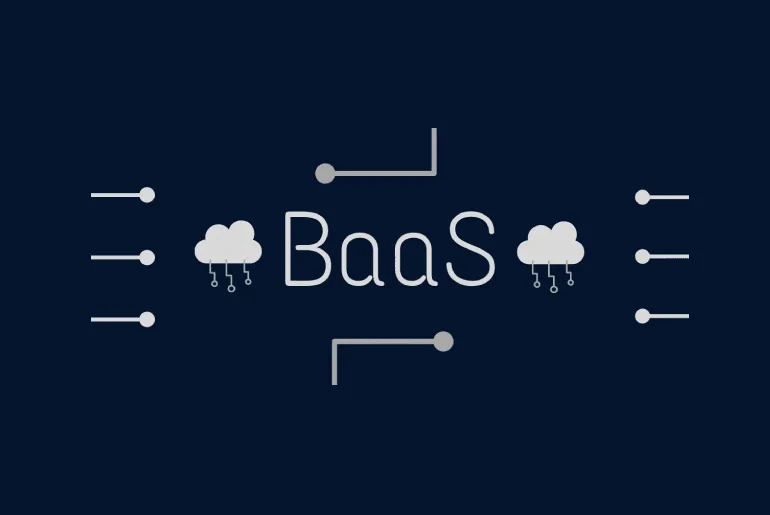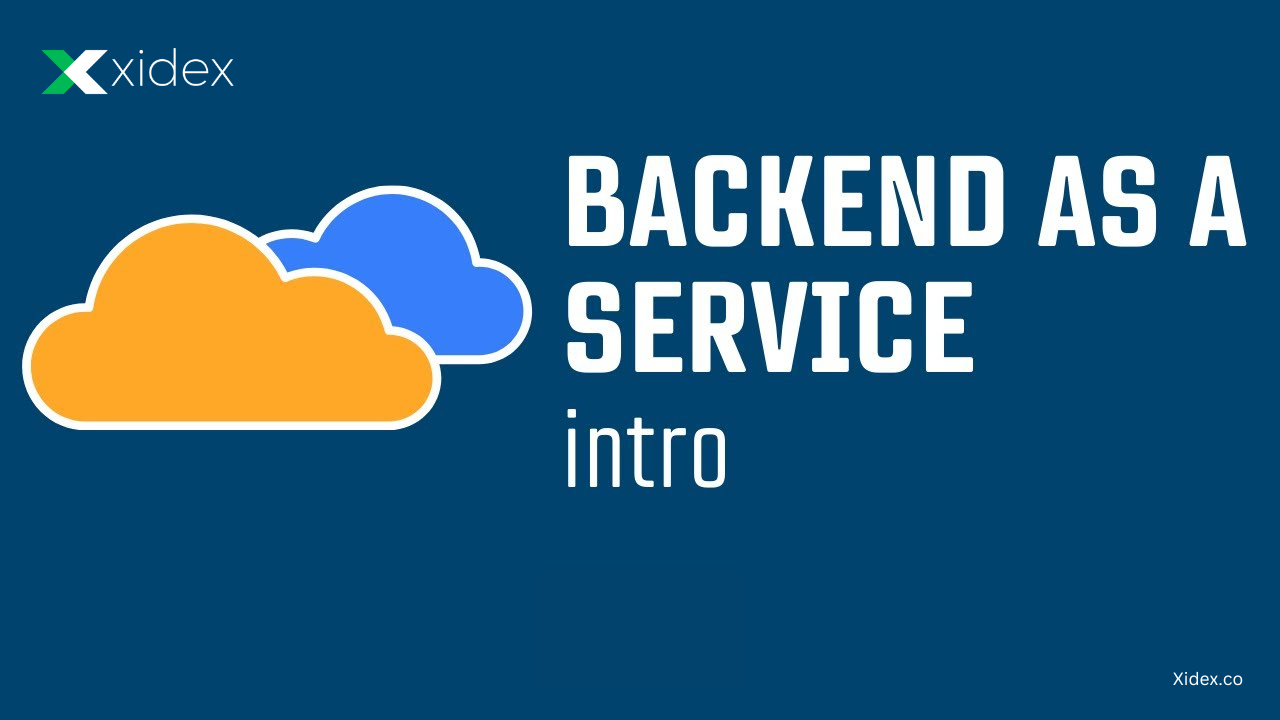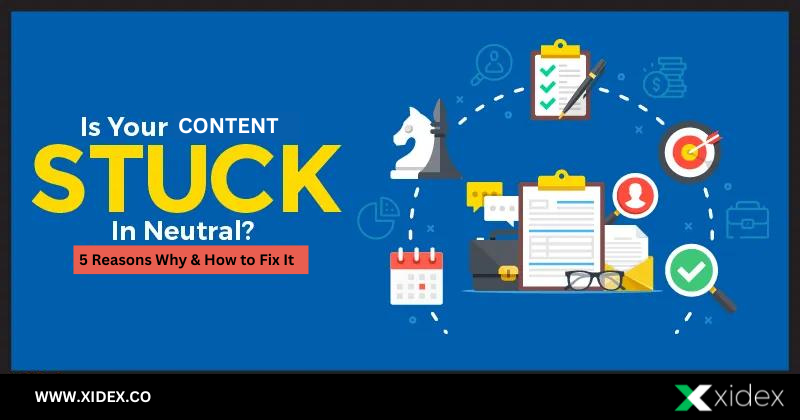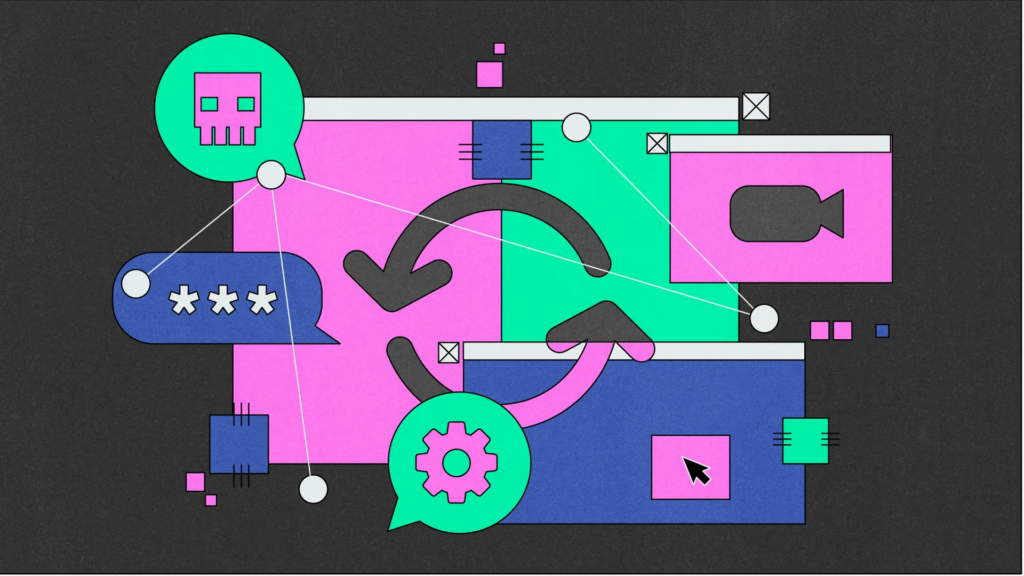BaaS stands for Backend-as-a-Service. It is a cloud computing model that provides developers with a way to outsource the backend infrastructure and focus more on developing the frontend and user experience of their applications.
With BaaS, developers can access pre-built backend services and functionalities through APIs (Application Programming Interfaces) provided by the BaaS provider. These services typically include user authentication, data storage, push notifications, social media integration, and other common backend tasks. By using BaaS, developers can save time and effort by not having to build these backend services from scratch.
BaaS platforms often offer a range of SDKs (Software Development Kits) and client libraries for various programming languages and frameworks, making it easier for developers to integrate the backend services into their applications.
Serverless computing, on the other hand, is a cloud computing execution model where developers can write and run code without having to manage the underlying infrastructure. In serverless architecture, developers focus on writing the application logic as functions (often referred to as “serverless functions” or “lambda functions”) that are executed in response to specific events or triggers.
Serverless computing platforms, such as AWS Lambda or Azure Functions, automatically scale the execution of these functions based on demand, and developers are only charged for the actual execution time of their code. Serverless architecture abstracts away the need to provision and manage servers, allowing developers to focus on writing the application logic rather than worrying about the infrastructure.
While BaaS and serverless computing share some similarities, they are not the same thing. BaaS primarily focuses on providing pre-built backend services and APIs, while serverless computing is a broader architectural approach that allows developers to run code without managing servers. However, in practice, BaaS platforms can be built using serverless infrastructure and technologies to provide their services.
What is BaaS?
BaaS stands for Backend-as-a-Service. It is a cloud computing model that provides developers with a platform to outsource and manage the backend infrastructure of their applications.
In traditional application development, developers are responsible for building and managing the backend components of their applications, such as servers, databases, and APIs. BaaS simplifies this process by offering a ready-made backend infrastructure that developers can leverage.
BaaS providers offer a range of pre-built backend services and functionalities, including user management, data storage, file storage, push notifications, social media integration, and more. These services are accessible through APIs, allowing developers to easily integrate them into their applications.
By using BaaS, developers can reduce the time and effort required to develop and maintain the backend infrastructure. They can focus more on the frontend development and user experience of their applications, relying on the BaaS platform to handle the backend operations.
BaaS platforms also often provide SDKs (Software Development Kits) and client libraries for various programming languages and frameworks, making it easier for developers to integrate the backend services into their applications.
BaaS enables developers to accelerate the development process, reduce infrastructure management overhead, and benefit from pre-built backend services, allowing them to focus on building innovative and scalable applications.
What is Mobile-Backend-as-a-Service (MBaaS)?
Mobile-Backend-as-a-Service (MBaaS), also known as Mobile BaaS or mBaaS, is a specialized category of Backend-as-a-Service (BaaS) that specifically caters to the needs of mobile application development.
MBaaS provides developers with a cloud-based platform and set of services to build and manage the backend infrastructure for mobile applications. It offers pre-built backend services and functionalities that are optimized for mobile app development, including user authentication, data storage, file storage, push notifications, social media integration, geolocation services, and more.
With MBaaS, developers can leverage these pre-built services through APIs and SDKs to accelerate the development process and simplify the integration of backend functionalities into their mobile applications. It eliminates the need for developers to build and manage complex backend infrastructure from scratch, allowing them to focus on the frontend development and user experience of their mobile apps.
MBaaS platforms typically provide SDKs and client libraries for popular mobile platforms such as iOS and Android, making it easier for developers to integrate the backend services into their mobile applications. These platforms also often offer features like offline data synchronization, mobile analytics, and user management tools to further support mobile app development.
By using MBaaS, developers can benefit from the scalability, security, and infrastructure management capabilities offered by cloud computing without having to handle the complexities of backend development themselves. It allows for faster development cycles, easier maintenance, and efficient scaling of mobile applications

What is included in BaaS?
BaaS (Backend-as-a-Service) platforms typically offer a range of backend services and functionalities that developers can leverage for their applications. The specific features and services provided may vary depending on the BaaS provider, but here are some common components included in BaaS offerings:
- User Management: BaaS platforms often provide authentication and user management services. This includes features like user registration, login, password reset, social media login integration, and user profile management.
- Data Storage: BaaS platforms offer data storage services to store and manage application data. This can include support for structured data in databases, such as NoSQL databases or relational databases. Some BaaS providers also offer file storage capabilities for storing and managing media files associated with the application.
- APIs and SDKs: BaaS platforms provide APIs (Application Programming Interfaces) that developers can use to integrate the backend services into their applications. These APIs allow developers to interact with user management, data storage, and other backend functionalities. Additionally, BaaS platforms often provide SDKs (Software Development Kits) and client libraries for various programming languages and platforms, making it easier to integrate the backend services into applications.
- Push Notifications: BaaS platforms commonly include push notification services, enabling developers to send notifications to users’ devices. This feature is essential for engaging and re-engaging users by delivering timely updates, announcements, or personalized messages.
- Analytics: Many BaaS platforms offer analytics capabilities to track and analyze user behavior, app usage, and other metrics. This helps developers gain insights into how their applications are performing and how users are interacting with them.
- Social Media Integration: BaaS platforms often provide APIs and features for integrating popular social media platforms into applications. This allows users to sign in using their social media accounts, share content, and interact with social features within the application.
- Backend Logic and Server-side Code Execution: Some BaaS platforms allow developers to write and execute custom server-side code or business logic. This enables developers to extend the functionality of the backend services or implement custom server-side operations.
- Security and Authentication: BaaS platforms typically include security measures such as encryption, secure communication protocols, and user authentication mechanisms to protect application data and user privacy.
These are just some of the common components and features included in BaaS offerings. BaaS platforms can vary in terms of the specific services provided, so it’s essential to explore the offerings of different providers to find the one that best fits the requirements of your application.
What are the differences between BaaS and serverless computing?
BaaS (Backend-as-a-Service) and PaaS (Platform-as-a-Service) are both cloud computing models, but they serve different purposes and cater to different aspects of application development. Here are the key differences between BaaS and PaaS:
- Scope of Services:
- BaaS: BaaS primarily focuses on providing pre-built backend services and functionalities that developers can leverage in their applications. It offers services such as user management, data storage, push notifications, social media integration, and more. BaaS platforms are specifically designed to simplify backend development and reduce the need for developers to build and manage complex infrastructure from scratch.
- PaaS: PaaS, on the other hand, provides a complete platform and infrastructure for developing, deploying, and managing applications. It includes not only backend services but also development tools, runtime environments, databases, networking, and other components required for application development. PaaS platforms offer a broader range of services compared to BaaS and are geared towards providing a comprehensive platform for the entire application development lifecycle.
- Flexibility and Customizability:
- BaaS: BaaS platforms typically offer pre-built services with a specific set of functionalities and APIs. While they provide convenience and simplicity, they may have limitations in terms of customizability. Developers have less control over the backend infrastructure and services, and their flexibility to customize the underlying components may be restricted.
- PaaS: PaaS platforms offer more flexibility and customizability compared to BaaS. Developers have greater control over the underlying infrastructure, runtime environments, and services. They can configure and customize the platform to meet their specific application requirements, including the ability to install and run custom software components, libraries, and frameworks.
- Application Focus:
- BaaS: BaaS is often used for developing mobile and web applications where the focus is on frontend development and user experience. It allows developers to offload backend tasks and focus more on building engaging user interfaces and application logic.
- PaaS: PaaS is suitable for a broader range of applications, including web, mobile, and enterprise applications. It caters to the complete application development process and provides tools and services for development, testing, deployment, and scaling.
- Developer Expertise:
- BaaS: BaaS platforms are designed to simplify backend development, making it easier for developers with limited backend expertise to build applications. They provide pre-built services that abstract away the complexities of infrastructure management, allowing developers to focus on the frontend and user experience.
- PaaS: PaaS platforms require a higher level of technical expertise as they provide more control and customization options. Developers using PaaS need to have a good understanding of backend development, infrastructure management, and deployment processes.
In summary, BaaS focuses on providing pre-built backend services and simplifying backend development, while PaaS offers a comprehensive platform for developing, deploying, and managing applications. BaaS is more suitable for frontend-focused applications, while PaaS is more versatile and flexible, catering to a wider range of applications and developer requirements.
What is the difference between BaaS and Platform-as-a-Service (PaaS)?
BaaS (Backend-as-a-Service) and PaaS (Platform-as-a-Service) are indeed similar concepts, but they differ in their scope and focus. Here’s a clearer distinction between the two:
BaaS (Backend-as-a-Service): BaaS provides developers with pre-built backend services and functionalities that can be easily integrated into their applications. It abstracts away the complexities of backend infrastructure and allows developers to focus on frontend development. BaaS typically includes services like user authentication, data storage, push notifications, social media integration, and more. It is primarily targeted at simplifying the development of specific backend functionalities and accelerating the development process. BaaS is often used in conjunction with frontend frameworks or mobile application development.
PaaS (Platform-as-a-Service): PaaS, on the other hand, provides a broader platform for developing, deploying, and managing applications. It encompasses not only the backend services but also the entire development and deployment environment. PaaS offers tools, frameworks, libraries, and infrastructure components required for building and running applications. It allows developers to focus on the application’s logic and functionality rather than dealing with the underlying infrastructure. PaaS platforms provide a complete application development platform, including development tools, runtime environments, databases, and other necessary components. PaaS is suitable for a wide range of applications and provides more flexibility and customization options compared to BaaS.
In summary, BaaS is a subset of PaaS, focusing specifically on providing pre-built backend services, while PaaS offers a comprehensive platform that includes backend services as well as the entire development and deployment environment. BaaS is geared towards simplifying backend development and integration, while PaaS provides a more extensive platform for application development, deployment, and management.
Read More : Augmented reality





